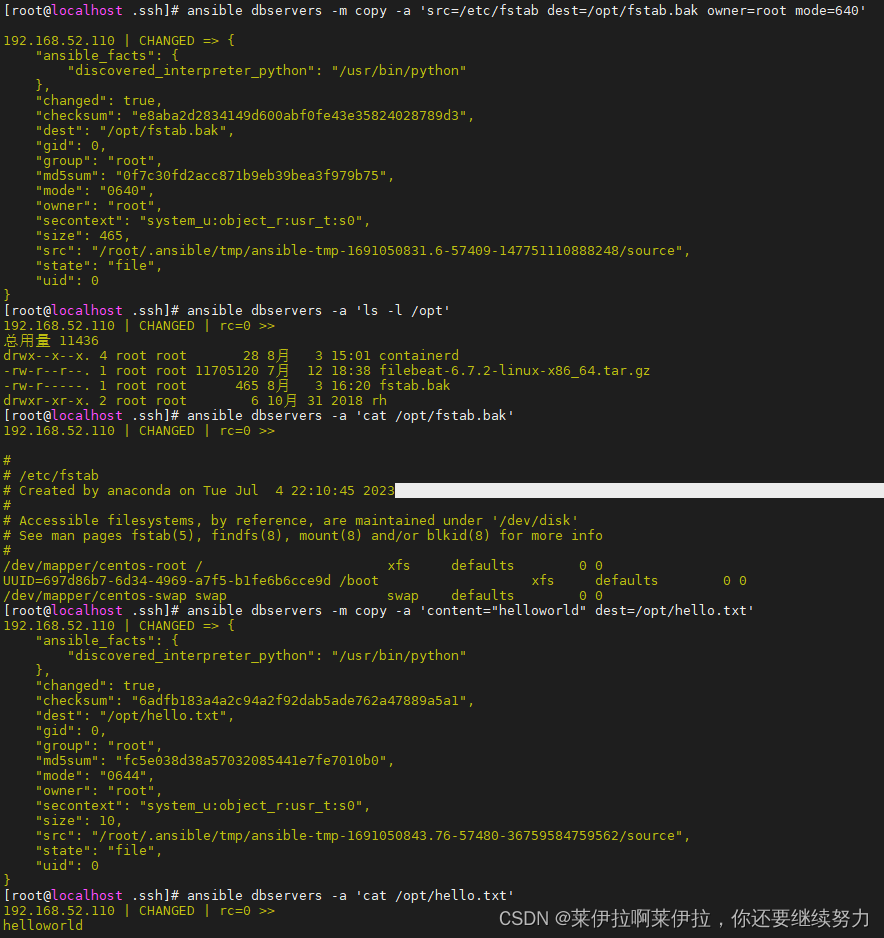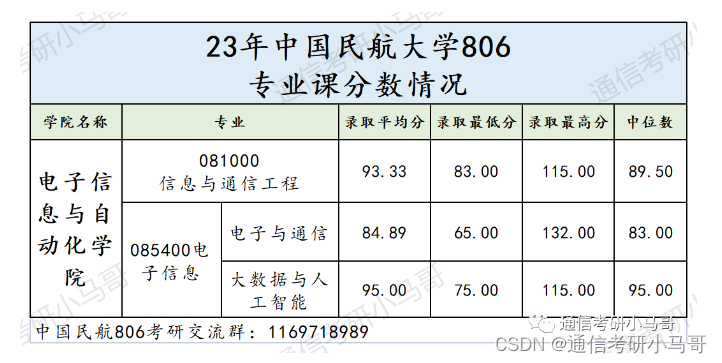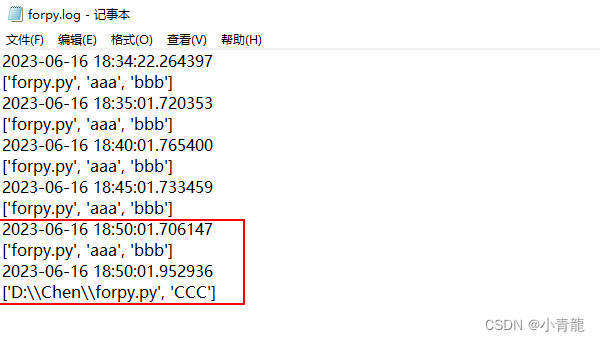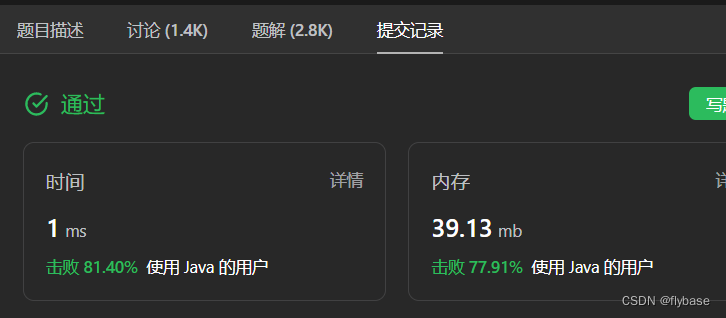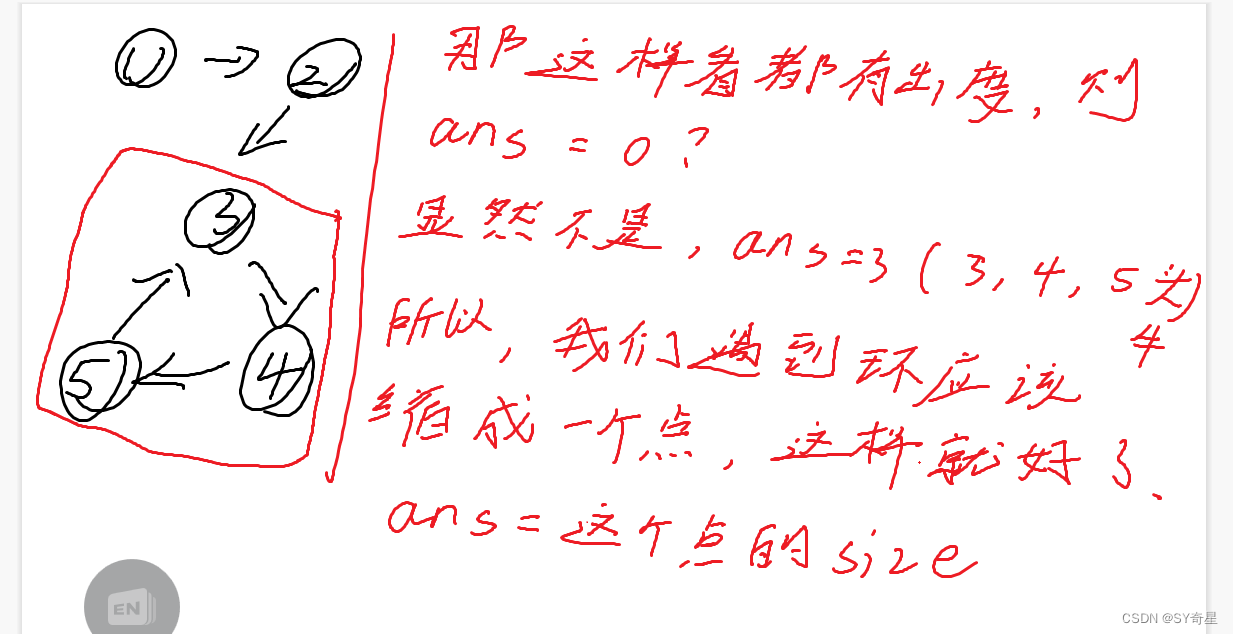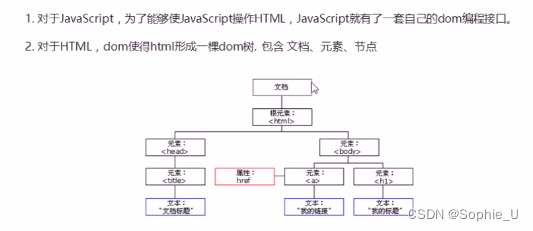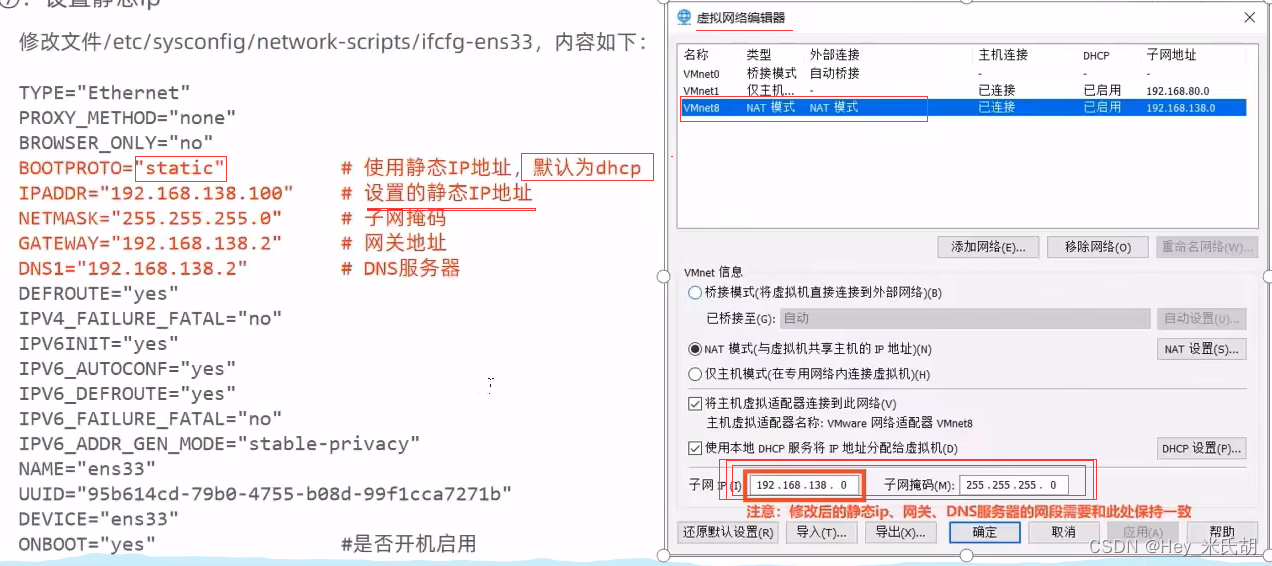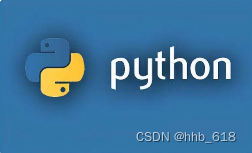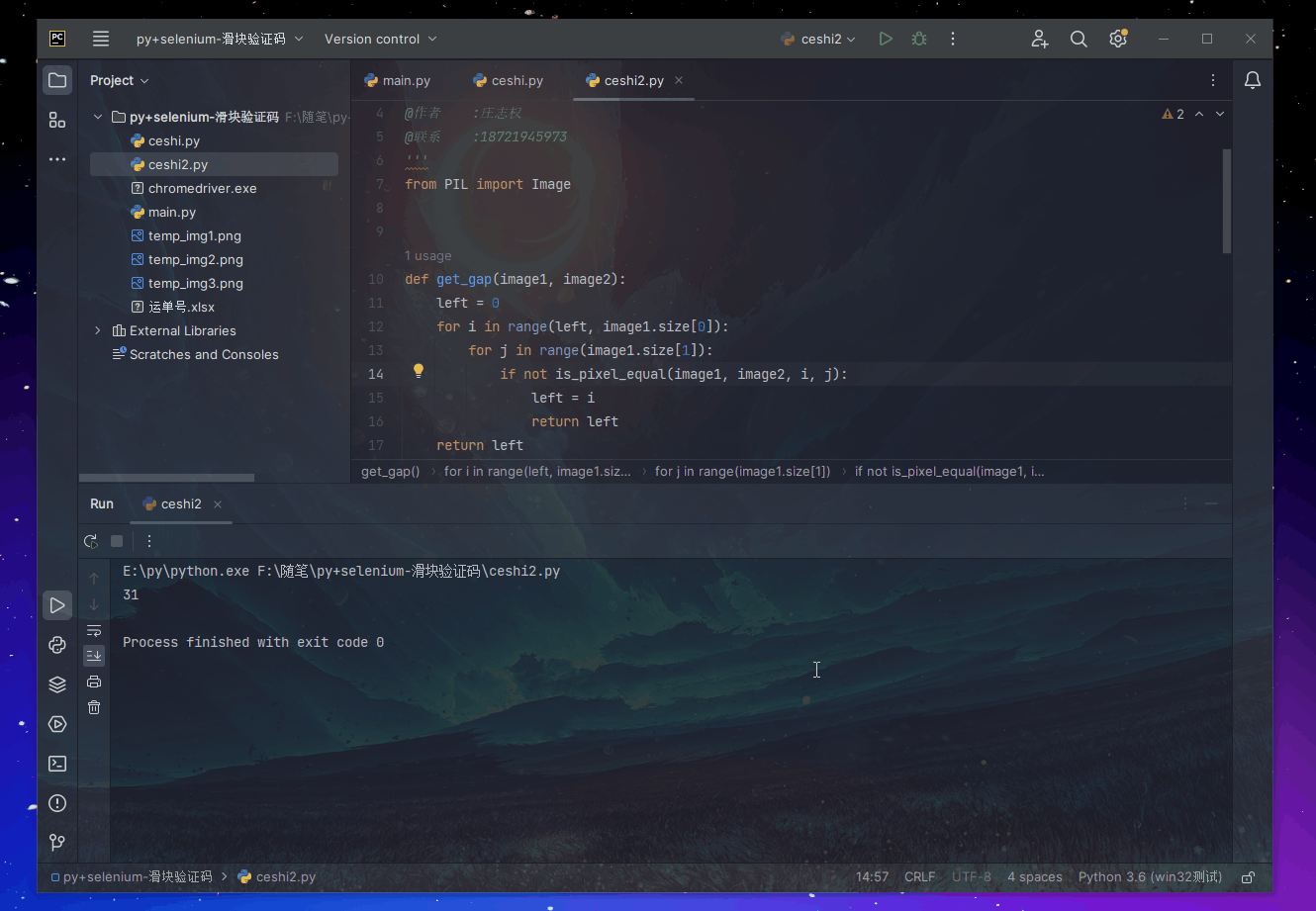Threading用于提供线程相关的操作,线程是应用程序中工作的最小单元。
1、threading模块
threading 模块建立在 _thread 模块之上。thread 模块以低级、原始的方式来处理和控制线程,而 threading 模块通过对 thread 进行二次封装,提供了更方便的 api 来处理线程。
import threading
import time
def worker(num):
"""
thread worker function
:return:
"""
time.sleep(1)
print("The num is %d" % num)
return
for i in range(20):
t = threading.Thread(target=worker,args=(i,),name=“t.%d” % i)
t.start()上述代码创建了20个“前台”线程,然后控制器就交给了CPU,CPU根据指定算法进行调度,分片执行指令。
Thread方法说明
t.start() : 激活线程,
t.getName() : 获取线程的名称
t.setName() : 设置线程的名称
t.name : 获取或设置线程的名称
t.is_alive() : 判断线程是否为激活状态
t.isAlive() :判断线程是否为激活状态
t.setDaemon() 设置为后台线程或前台线程(默认:False);通过一个布尔值设置线程是否为守护线程,必须在执行start()方法之后才可以使用。如果是后台线程,主线程执行过程中,后台线程也在进行,主线程执行完毕后,后台线程不论成功与否,均停止;如果是前台线程,主线程执行过程中,前台线程也在进行,主线程执行完毕后,等待前台线程也执行完成后,程序停止
t.isDaemon() : 判断是否为守护线程
t.ident :获取线程的标识符。线程标识符是一个非零整数,只有在调用了start()方法之后该属性才有效,否则它只返回None。
t.join() :逐个执行每个线程,执行完毕后继续往下执行,该方法使得多线程变得无意义
t.run() :线程被cpu调度后自动执行线程对象的run方法
2、线程锁threading.RLock和threading.Lock
由于线程之间是进行随机调度,并且每个线程可能只执行n条执行之后,CPU接着执行其他线程。为了保证数据的准确性,引入了锁的概念。所以,可能出现如下问题:
例:假设列表A的所有元素就为0,当一个线程从前向后打印列表的所有元素,另外一个线程则从后向前修改列表的元素为1,那么输出的时候,列表的元素就会一部分为0,一部分为1,这就导致了数据的不一致。锁的出现解决了这个问题。
import threading
import time
globals_num = 0
lock = threading.RLock()
def Func():
lock.acquire() # 获得锁
global globals_num
globals_num += 1
time.sleep(1)
print(globals_num)
lock.release() # 释放锁
for i in range(10):
t = threading.Thread(target=Func)
t.start()3、threading.RLock和threading.Lock 的区别
RLock允许在同一线程中被多次acquire。而Lock却不允许这种情况。 如果使用RLock,那么acquire和release必须成对出现,即调用了n次acquire,必须调用n次的release才能真正释放所占用的琐。
import threading
lock = threading.Lock() #Lock对象
lock.acquire()
lock.acquire() #产生了死琐。
lock.release()
lock.release()
import threading
rLock = threading.RLock() #RLock对象
rLock.acquire()
rLock.acquire() #在同一线程内,程序不会堵塞。
rLock.release()
rLock.release()4、threading.Event
python线程的事件用于主线程控制其他线程的执行,事件主要提供了三个方法 set、wait、clear。
事件处理的机制:全局定义了一个“Flag”,如果“Flag”值为 False,那么当程序执行 event.wait 方法时就会阻塞,如果“Flag”值为True,那么event.wait 方法时便不再阻塞。
clear:将“Flag”设置为False
set:将“Flag”设置为True
Event.isSet() :判断标识位是否为Ture。
import threading
def do(event):
print('start')
event.wait()
print('execute')
event_obj = threading.Event()
for i in range(10):
t = threading.Thread(target=do, args=(event_obj,))
t.start()
event_obj.clear()
inp = input('input:')
if inp == 'true':
event_obj.set()当线程执行的时候,如果flag为False,则线程会阻塞,当flag为True的时候,线程不会阻塞。它提供了本地和远程的并发性。
5、threading.Condition
一个condition变量总是与某些类型的锁相联系,这个可以使用默认的情况或创建一个,当几个condition变量必须共享和同一个锁的时候,是很有用的。锁是conditon对象的一部分:没有必要分别跟踪。
condition变量服从上下文管理协议:with语句块封闭之前可以获取与锁的联系。 acquire() 和 release() 会调用与锁相关联的相应的方法。
其他和锁关联的方法必须被调用,wait()方法会释放锁,当另外一个线程使用 notify() or notify_all()唤醒它之前会一直阻塞。一旦被唤醒,wait()会重新获得锁并返回,
Condition类实现了一个conditon变量。 这个conditiaon变量允许一个或多个线程等待,直到他们被另一个线程通知。 如果lock参数,被给定一个非空的值,,那么他必须是一个lock或者Rlock对象,它用来做底层锁。否则,会创建一个新的Rlock对象,用来做底层锁。
wait(timeout=None) : 等待通知,或者等到设定的超时时间。当调用这wait()方法时,如果调用它的线程没有得到锁,那么会抛出一个RuntimeError 异常。 wati()释放锁以后,在被调用相同条件的另一个进程用notify() or notify_all() 叫醒之前 会一直阻塞。wait() 还可以指定一个超时时间。
如果有等待的线程,notify()方法会唤醒一个在等待conditon变量的线程。notify_all() 则会唤醒所有在等待conditon变量的线程。
注意: notify()和notify_all()不会释放锁,也就是说,线程被唤醒后不会立刻返回他们的wait() 调用。除非线程调用notify()和notify_all()之后放弃了锁的所有权。
在典型的设计风格里,利用condition变量用锁去通许访问一些共享状态,线程在获取到它想得到的状态前,会反复调用wait()。修改状态的线程在他们状态改变时调用 notify() or notify_all(),用这种方式,线程会尽可能的获取到想要的一个等待者状态。 例子: 生产者-消费者模型
import threading
import time
def consumer(cond):
with cond:
print("consumer before wait")
cond.wait()
print("consumer after wait")
def producer(cond):
with cond:
print("producer before notifyAll")
cond.notifyAll()
print("producer after notifyAll")
condition = threading.Condition()
c1 = threading.Thread(name="c1", target=consumer, args=(condition,))
c2 = threading.Thread(name="c2", target=consumer, args=(condition,))
p = threading.Thread(name="p", target=producer, args=(condition,))
c1.start()
time.sleep(2)
c2.start()
time.sleep(2)
p.start()
6、queue模块
Queue 就是对队列,它是线程安全的
举例来说,我们去麦当劳吃饭。饭店里面有厨师职位,前台负责把厨房做好的饭卖给顾客,顾客则去前台领取做好的饭。这里的前台就相当于我们的队列。形成管道样,厨师做好饭通过前台传送给顾客,所谓单向队列
这个模型也叫生产者-消费者模型。
import queue
q = queue.Queue(maxsize=0) # 构造一个先进显出队列,maxsize指定队列长度,为0 时,表示队列长度无限制。
q.join() # 等到队列为kong的时候,在执行别的操作
q.qsize() # 返回队列的大小 (不可靠)
q.empty() # 当队列为空的时候,返回True 否则返回False (不可靠)
q.full() # 当队列满的时候,返回True,否则返回False (不可靠)
q.put(item, block=True, timeout=None) # 将item放入Queue尾部,item必须存在,可以参数block默认为True,表示当队列满时,会等待队列给出可用位置,
为False时为非阻塞,此时如果队列已满,会引发queue.Full 异常。 可选参数timeout,表示 会阻塞设置的时间,过后,
如果队列无法给出放入item的位置,则引发 queue.Full 异常
q.get(block=True, timeout=None) # 移除并返回队列头部的一个值,可选参数block默认为True,表示获取值的时候,如果队列为空,则阻塞,为False时,不阻塞,
若此时队列为空,则引发 queue.Empty异常。 可选参数timeout,表示会阻塞设置的时候,过后,如果队列为空,则引发Empty异常。
q.put_nowait(item) # 等效于 put(item,block=False)
q.get_nowait() # 等效于 get(item,block=False)代码如下:
#!/usr/bin/env python
import Queue
import threading
message = Queue.Queue(10)
def producer(i):
while True:
message.put(i)
def consumer(i):
while True:
msg = message.get()
for i in range(12):
t = threading.Thread(target=producer, args=(i,))
t.start()
for i in range(10):
t = threading.Thread(target=consumer, args=(i,))
t.start()线程池示例一:
# 简单往队列中传输线程数
import threading
import time
import queue
class Threadingpool():
def __init__(self,max_num = 10):
self.queue = queue.Queue(max_num)
for i in range(max_num):
self.queue.put(threading.Thread)
def getthreading(self):
return self.queue.get()
def addthreading(self):
self.queue.put(threading.Thread)
def func(p,i):
time.sleep(1)
print(i)
p.addthreading()
if __name__ == "__main__":
p = Threadingpool()
for i in range(20):
thread = p.getthreading()
t = thread(target = func, args = (p,i))
t.start()线程池示例二:
#往队列中无限添加任务
import queue
import threading
import contextlib
import time
StopEvent = object()
class ThreadPool(object):
def __init__(self, max_num):
self.q = queue.Queue()
self.max_num = max_num
self.terminal = False
self.generate_list = []
self.free_list = []
def run(self, func, args, callback=None):
"""
线程池执行一个任务
:param func: 任务函数
:param args: 任务函数所需参数
:param callback: 任务执行失败或成功后执行的回调函数,回调函数有两个参数1、任务函数执行状态;2、任务函数返回值(默认为None,即:不执行回调函数)
:return: 如果线程池已经终止,则返回True否则None
"""
if len(self.free_list) == 0 and len(self.generate_list) < self.max_num:
self.generate_thread()
w = (func, args, callback,)
self.q.put(w)
def generate_thread(self):
"""
创建一个线程
"""
t = threading.Thread(target=self.call)
t.start()
def call(self):
"""
循环去获取任务函数并执行任务函数
"""
current_thread = threading.currentThread
self.generate_list.append(current_thread)
event = self.q.get() # 获取线程
while event != StopEvent: # 判断获取的线程数不等于全局变量
func, arguments, callback = event # 拆分元祖,获得执行函数,参数,回调函数
try:
result = func(*arguments) # 执行函数
status = True
except Exception as e: # 函数执行失败
status = False
result = e
if callback is not None:
try:
callback(status, result)
except Exception as e:
pass
# self.free_list.append(current_thread)
# event = self.q.get()
# self.free_list.remove(current_thread)
with self.work_state():
event = self.q.get()
else:
self.generate_list.remove(current_thread)
def close(self):
"""
关闭线程,给传输全局非元祖的变量来进行关闭
:return:
"""
for i in range(len(self.generate_list)):
self.q.put(StopEvent)
def terminate(self):
"""
突然关闭线程
:return:
"""
self.terminal = True
while self.generate_list:
self.q.put(StopEvent)
self.q.empty()
@contextlib.contextmanager
def work_state(self):
self.free_list.append(threading.currentThread)
try:
yield
finally:
self.free_list.remove(threading.currentThread)
def work(i):
print(i)
return i +1 # 返回给回调函数
def callback(ret):
print(ret)
pool = ThreadPool(10)
for item in range(50):
pool.run(func=work, args=(item,),callback=callback)
pool.terminate()
# pool.close()做分享我是认真的

